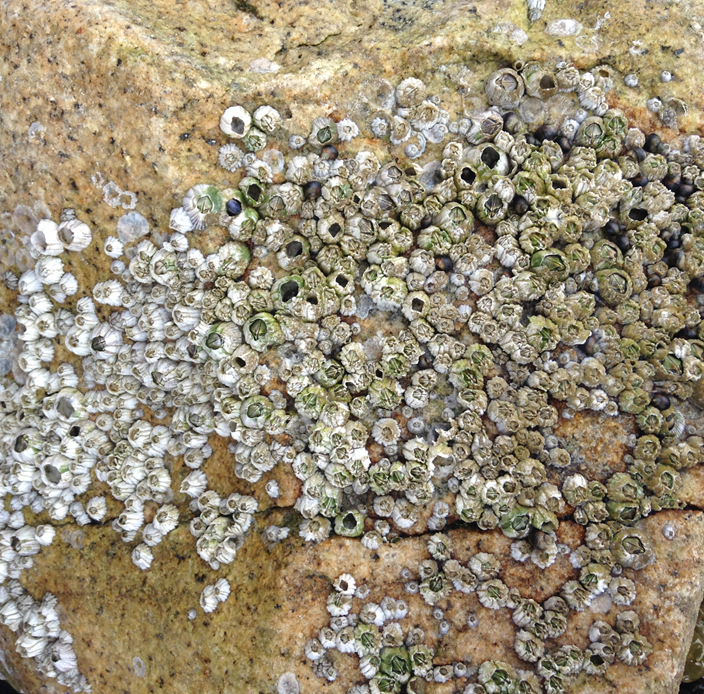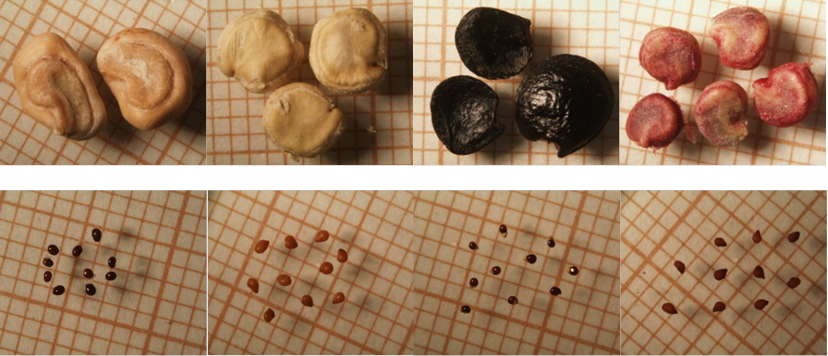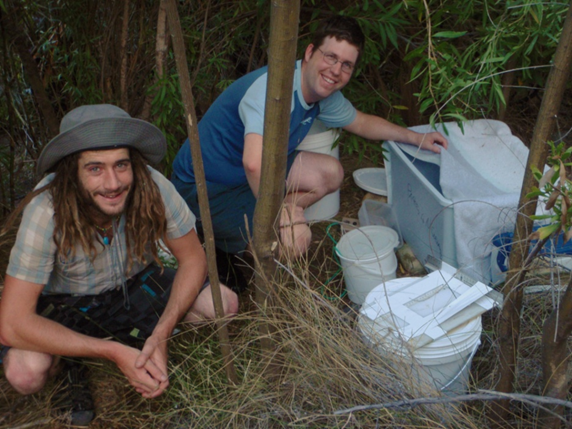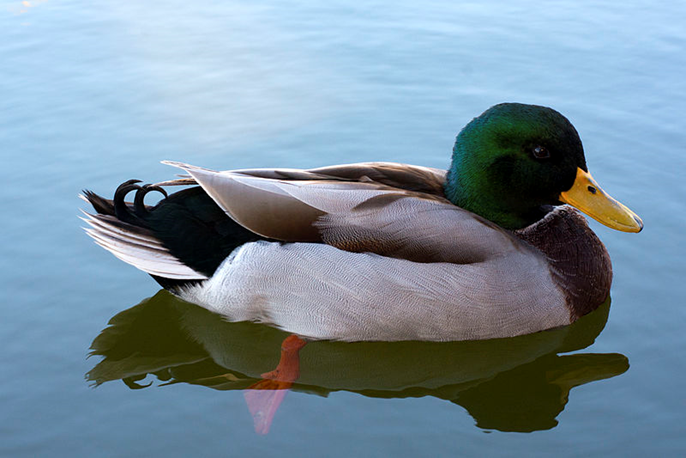Food use of an invasive barnacle suggests potential for spread
The ability of an invasive barnacle to use available food resources shows likely spread along the South coast of South Africa. These findings come from work by Haley Pope (Former C·I·B student) and Tammy Robinson and Mhairi Alexander of the C·I·B.





